The Big Apple Sky Calendar: February 2022
Joe Patterson was my first astronomy professor. He would pace at the front of the old lecture hall in Columbia’s physics department, writing equations on green chalkboards while a hundred undergraduates sat scattered among the worn, wooden auditorium seats. Joe was everyone’s favorite. He’d throw chocolates to anyone who piped up enough to ask a question. Around the 1990s, Joe wrote and illustrated a seasonal newsletter, in the style of an old-fashioned paper zine, of astronomical highlights visible from New York City. His affable style mixed wit and history with astronomy for a completely charming, largely undiscovered cult classic: Big Apple Astronomy. We hope to convince Joe to revive the zine as a quarterly column on Broadcast; in the meantime he has shared with us a February 2022 issue of Big Apple Sky Calendar, the daily guide to sky viewing that used to conclude the seasonal newsletter. Steal a few moments of reprieve from the city’s mayhem to take in these sights. As Oscar Wilde said, “we are all in the gutter, but some of us are looking at the stars.”
—Janna Levin, editor-in-chief
February 1
Sunrise: 7:05 am EST
Sunset: 5:13 pm EST
New Moon: 12:48 am EST
February 2
Groundhog Day, as we have come to call it. This is the first of the four cross-quarter days, roughly the mid-points of the four seasons. The groundhog connection dates back to an old German legend about the predictive power of badgers. In Christian liturgy, it’s also called Candlemas. (Candles are lit during services.)
By the way, since you’re reading a calendar, it’s a fair guess that you’re interested in such things. If so, indulge yourself. Visit timeanddate.com, read about this day, and find room for a new habit.
February 3
For observers in NYC, the International Space Station (ISS) will make a pass directly over the city at precisely 6:37 pm EST tonight. These overpasses are dramatic. You’ll first see it low in the northwest, at 6:34 pm. It might look like a plane, except that (a) it has no flashing lights and (b) it appears to be flying directly over NYC. (Only hijacked planes do this.) At 6:37 pm, directly overhead, it’s as bright as Venus…and at 6:40 pm it disappears completely in the southeast, even though it’s still thirty degrees from the horizon. (Only UFOs do this). That’s because it’s entering the Earth’s shadow.
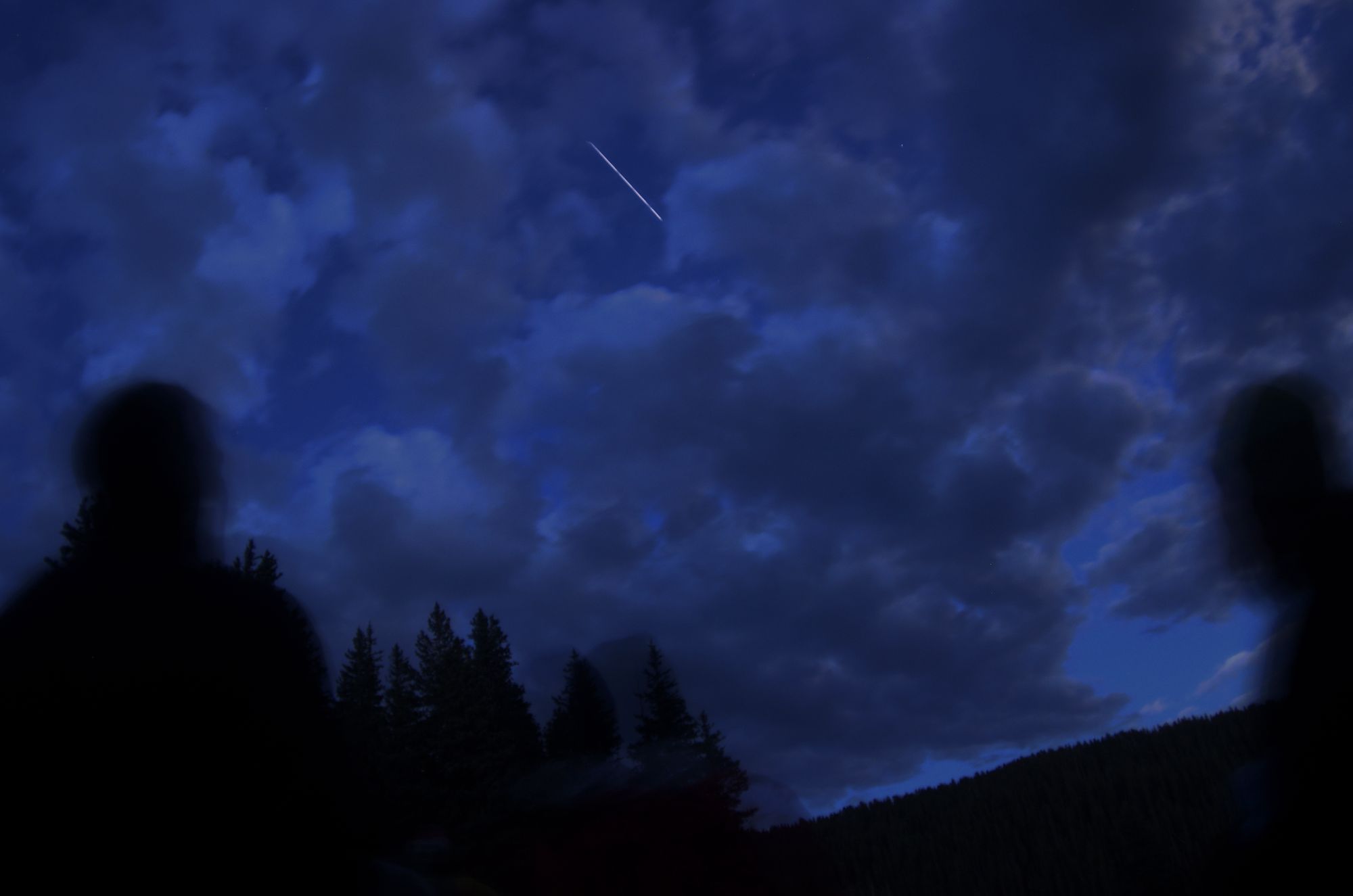
February 4
Theoretically these overpasses happen a lot, but only a few are so conveniently placed and timed for NYC. The only other really good one this month occurs tonight, February 4th, starting at 5:46 pm. Same progression and duration. A splendid reward for six minutes of observing!
February 8
First quarter Moon. Thus the Moon is tonight exactly south at sunset—and therefore in the southwest for most of the evening.
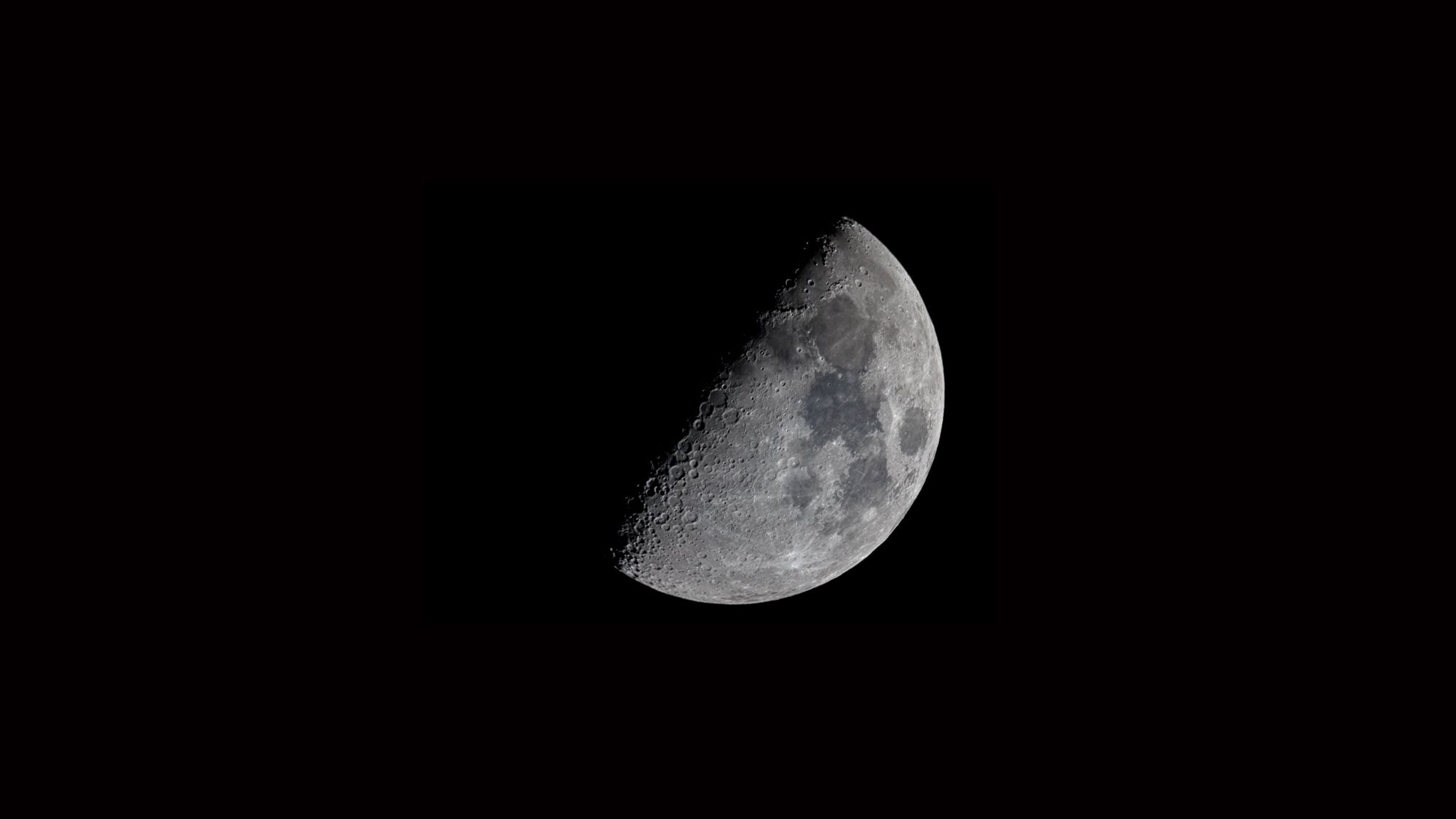
February 9
On this day in 1913, sky-watchers from Saskatchewan to Bermuda saw a great procession of meteors moving rapidly across the sky in perfect formation. There were hundreds, throwing off sparks as they went and maintaining that near-perfect formation. This was probably a tiny comet or asteroid that happened to strike the Earth’s atmosphere at grazing incidence. It might have dissipated in the atmosphere or might have skipped off the atmosphere—like a flat stone slipping off a pond.
We don’t really know how many such things are out there. We can only really detect the bigger ones, and they aren’t numerous enough for us to get worried. Last year, 2021, had a real groaner of a movie about a big asteroid (Don’t Look Up). The 1998 Deep Impact had some silliness too, but the science was spot-on perfect. A 400-foot tsunami roaring over Columbus Circle—just what you’d get with a deep impact in the ocean!

February 15
Sunrise: 6:49 am EST
Sunset: 5:30 pm EST
Galileo’s birthday, in 1564. Very nearly the day of Michelangelo’s death (February 18). Perhaps the greatest scientist and artist of the last millennium.
February 16
Full Moon: 11:58 am EST
Mercury at greatest western elongation, twenty-six degrees west of the Sun. For fanatics, this is the optimum week to see the elusive planet—low in the east, just as dawn is starting to streak the sky with light. But all sightings of Mercury are difficult. According to legend, even Copernicus never saw Mercury, although many others in his era did; he was a theorist, not an observer. The Arab astronomers, two centuries earlier, had astronomical tables accurately describing Mercury’s motion.
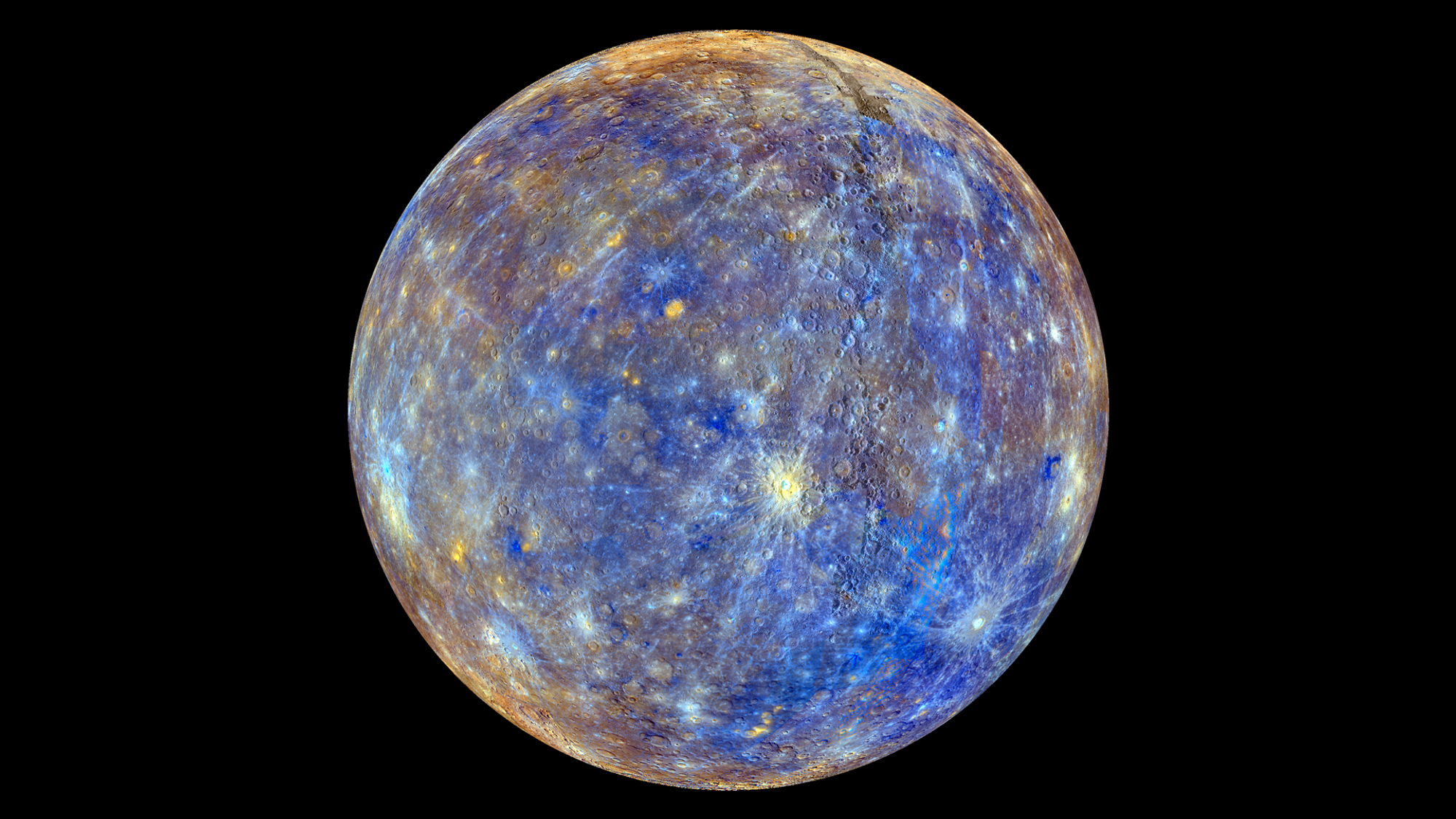
February 18
On this day in 1930, Clyde Tombaugh discovered a faint moving object beyond Neptune—soon named Pluto, after the lord of the world of darkness. It was considered the outermost planet of the solar system, until it was ruthlessly dethroned in 2006. Basically, it was deemed too small, too distant, and too close in resemblance to the “dwarf planets” in the debris at large distances from the Sun.
This decision was massively unpopular among America’s children, partly because of what they had learned in school…and partly because of Pluto the Dog. Astronomers be warned: don’t mess with Disney characters.
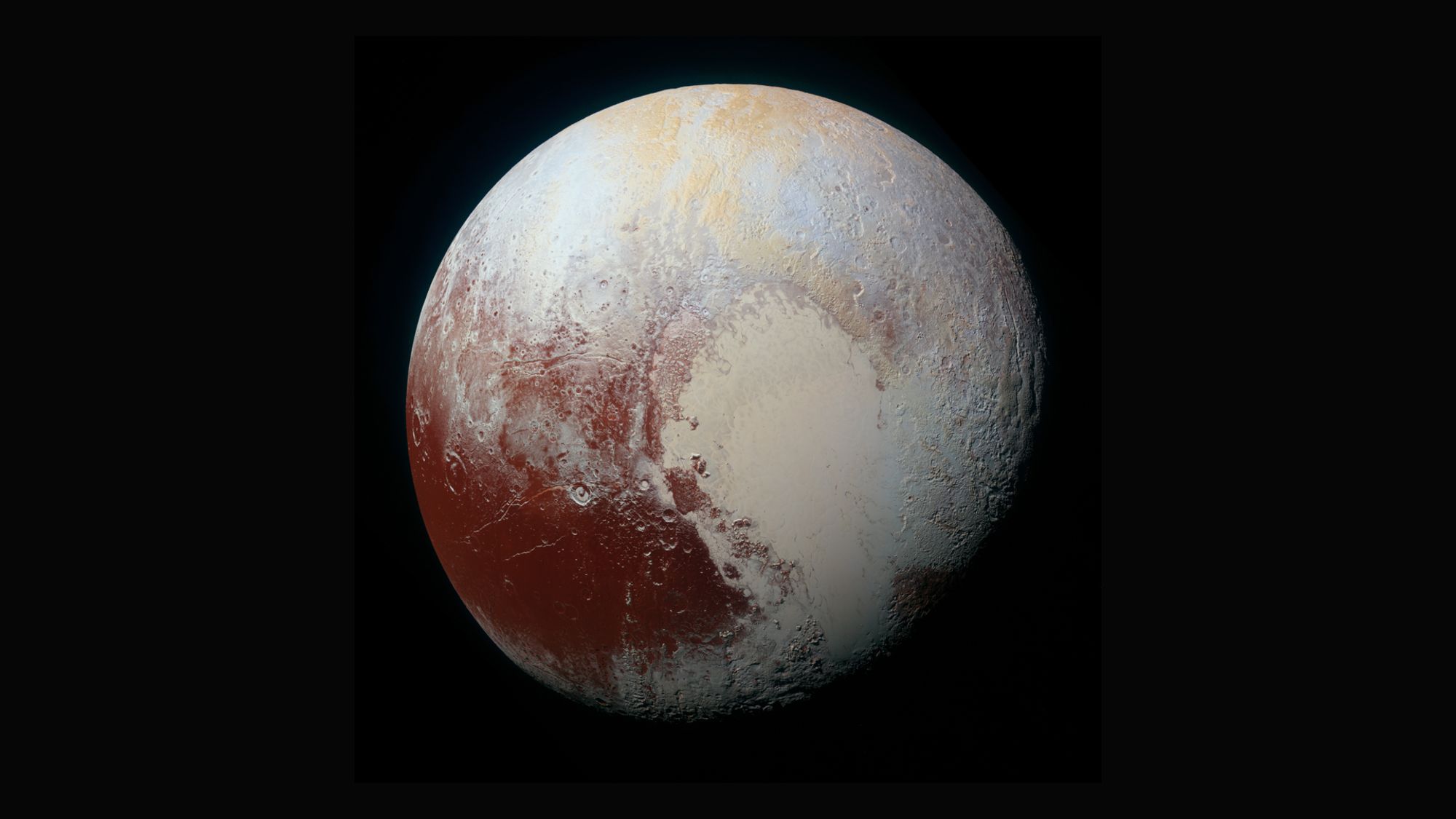
February 19
Birthday of Copernicus, in 1473. Copernicus is often hailed as marking the great transition from medieval to modern ideas about the Universe. Modern historians of science tell a different story. He seems to have published his master work, On the Revolutions of Heavenly Spheres, essentially on his deathbed, probably at the urging of his student, Joachim Rheticus. Perhaps despairing that the master would ever publish the full work, Rheticus pre-published his own version in 1540, Narratio Prima.
Ironically, in view of what happened to later advocates of heliocentrism, Pope Paul III expressed interest in the idea, while Martin Luther called Copernicus “a damn fool."
February 23
Last quarter Moon. Rising near midnight, as all last-quarter Moons do. Near dawn on the 24th, it stands just north of Antares (“rival of Mars”), around thirty degrees above your southern horizon.
February 26-27
On the 27th, 40-60 minutes before sunrise, look low in the southeast for a thin waning-crescent Moon. Above it is Mars, and above Mars is the brilliant Venus. On the morning of the 26th, the planets are in pretty much the same place, but the Moon is to the right (as you view it) of the Mars–Venus pair. You’ll need a good horizon and clear sky (but not crazy-good and crazy-clear) to see these.
February 28
Sunrise: 6:31 am EST
Sunset: 5:46 pm EST ♦
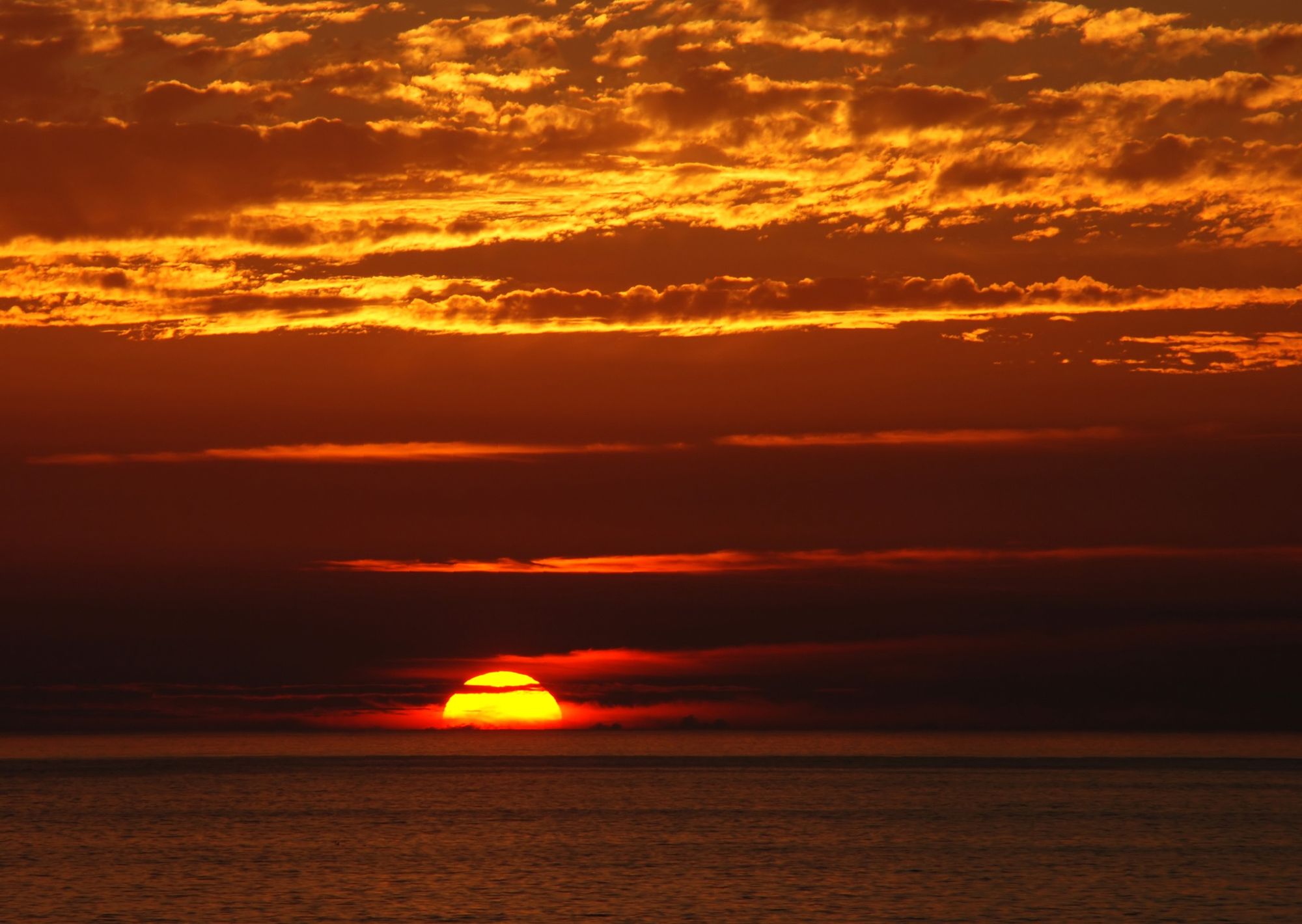
Subscribe to Broadcast